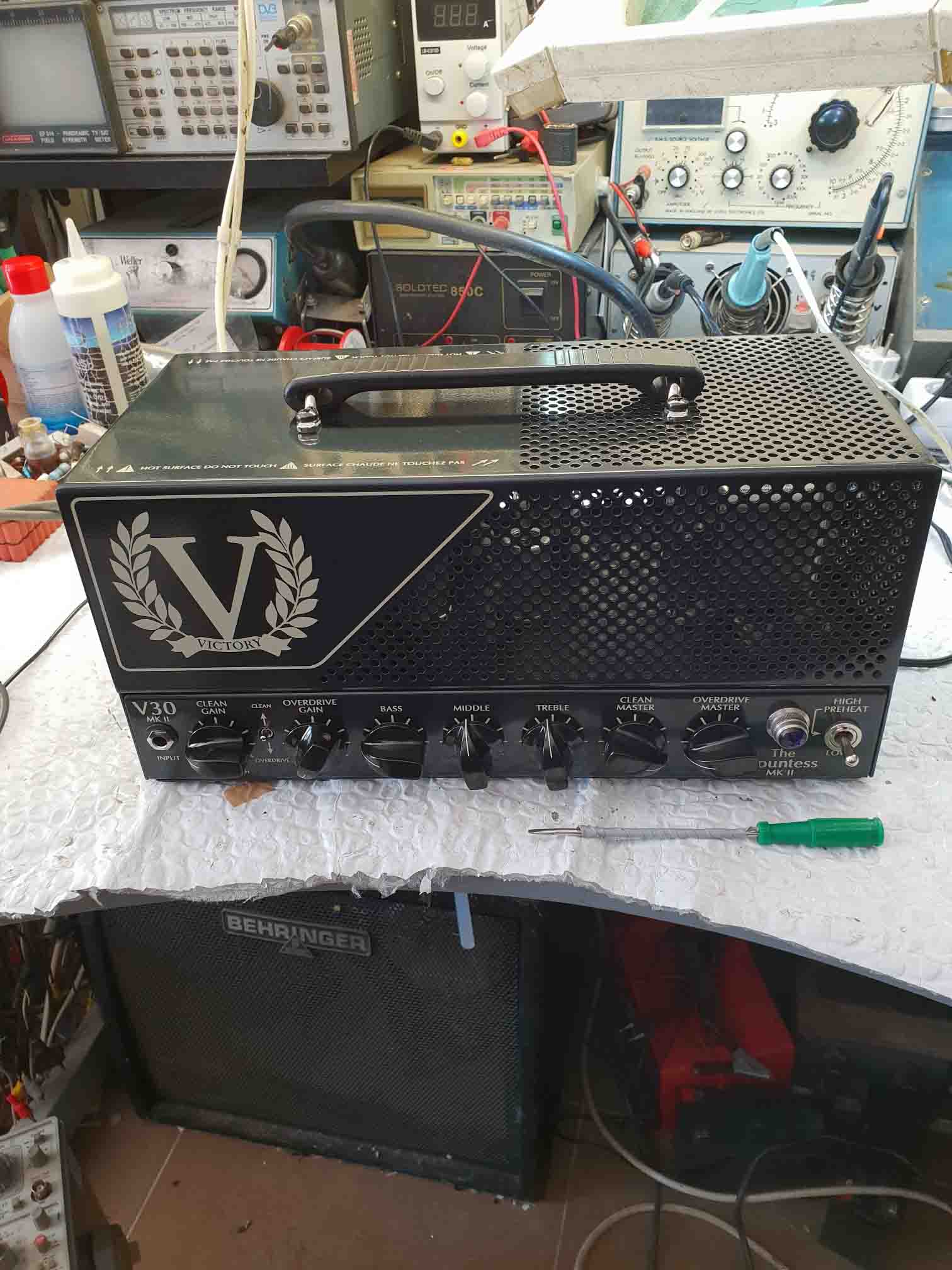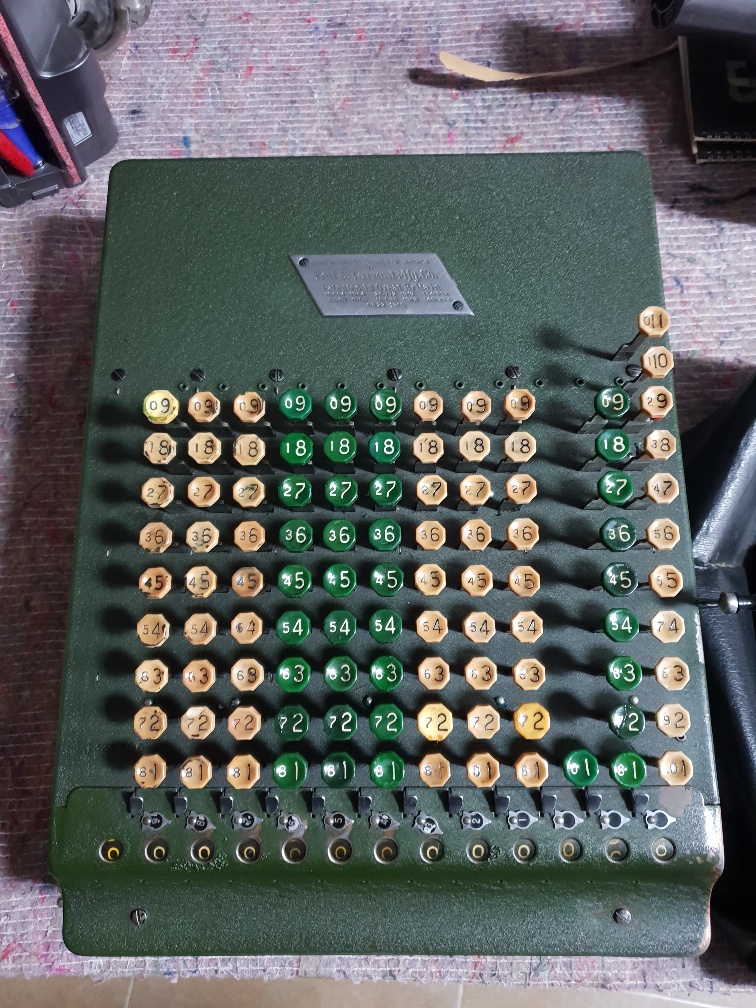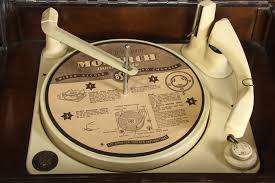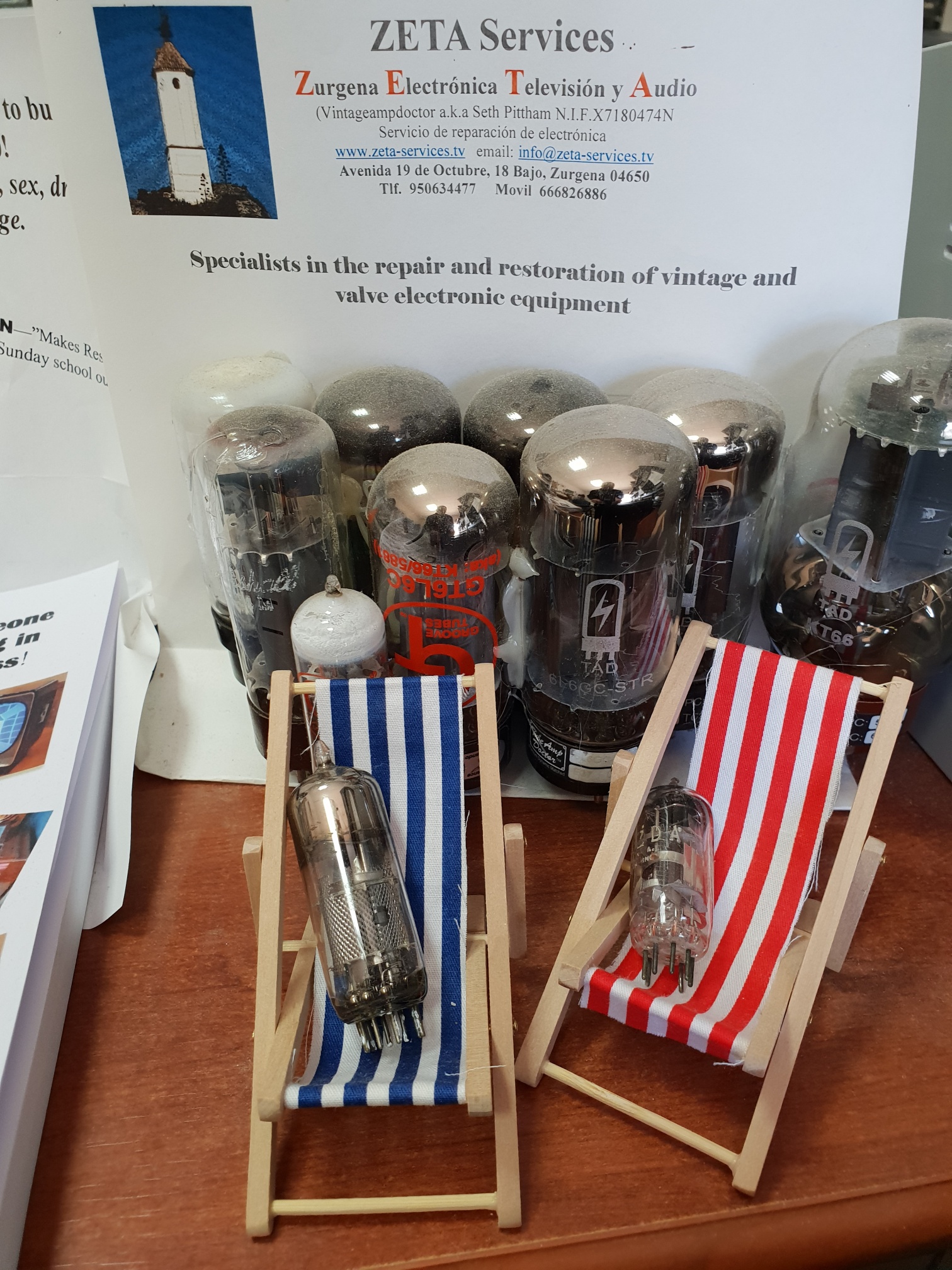
The nicer side of my working life is repairing vintage guitar amplifiers, for two reasons I guess. One, I like repairing equipment for people that appreciate a good job done on their treasured piece of kit. You see, us musicians are a funny bunch. We get attached to our instruments. The other, I get to pay with hot sweaty valve equipment, a first love for me.
We all have favourites, mine is Fender. Two reasons; Sound is normally quite “pure” and build quality. However, cheap production costs in PRC leaves it’s mark. Earlier amplifiers were wired point to point. i.e. no PCBs, components being connected via tag strips and suspended on the valve bases themselves. This made serving easier and components were generally rated in excess of what was to be required of them. Many of the early amplifiers from the 60s, used a fiber board with studs which were used to mount components and cabling. The problem here was, that if the amplifier was exposed to moisture, the fiber board was anhydrous (absorbed moisture) which resulted in all hell breaking loose. High voltages are used in valve equipment and this caused tracking within the fiber board. If left unchecked, the tracking would end up leaving carbon deposits, which then made the amplifier almost useless. The cost of this sort of repair is very expensive. Older amps have a very much “Fender” sound. It is quite true and normally lacking in purposeful distortion, making them very clean sounding for accurate guitar work. Lovely amps included Fender twin reverb 135, Fender Vibro king, Fender tone master
Jet city
Have seen quite a few of these newish amps. On the surface, they look a bit “budget”, but lift the bonnet and it’s quite a different thing. They are well made, use good quality components, transformers and no sparing on resistor wattage where required. The PCBs are thick and tracks very substantial which is a must for valve gear. Well worth the money.
Peavey
Not a great lover of these amps. Seem to be over complicated for what they do and many models are not built with servicing in mind. Quite often, the rating of components is right on the edge of working conditions. Typical example would be bridge rectifies used in valve heater circuits. They run hot, go short circuit and unsolder themselves. I always replace with much larger chassis mount devices. Some models such as 5150, VK100 etc… have additional valves in the pre amp and drive stages. This creates noise amplification, and with microphony (vibration sensitive) causes a right racket if the amp is sat on a speaker cabinet. If I am in a good mood, I sometimes make small modifications to introduce negative feedback at high frequencies to reduce the effect.
Marshall
Good old Jim Marshall. We all know about Marshall amps and the thing that sold these in the early 60s was the way they could be driven to give a distorted sound. The later models are sometimes hard to work on, but generally are good. Sometimes the manufacturing build quality lets them down with component use and fitting not being appropriate for valve gear. I Quite often you look at the circuit design and layout and think “this designer learned his stuff at college, not taught by his Granddad with years of experience”.
Sinmarc
I have a soft spot for these Spanish amplifiers. These were made in Barcelona during the 60s-70s. They are well made and used the best components available at the time. A few of these models, 50 and 100 watt, are quite blatant copies of Fender models. They use big transformers and especially the output transformers have plenty of overhead giving good damping and bass response. Some models even had a “Magic Eye” to tell you how loud you are playing. Ideal for deaf guitarists (most of them).
Laney
No a great fan. Build quality, PCBs, resistors etc all could be more substantial on a lot of models. I often find that the copper tracks on the PCBs are not very tolerant to being resoldered and reworked. Laney as a company (Headstock Distribution) are good to deal with and helpful.
Vox
As long as its an old original amp, then these are lovely. The equipment was well made and thought through, great design. Vox was sold out and most of the equipment is manufactured in the PRC. An iconic brand that featured heavily with all the British rock-n-roll bands in the 60s and 70s. Now the gear is like most of the budget kit you buy. It’s a shame.
Victory
Now here is a nice range of amplifiers. I came across one recently when a client brought a little V30 in after he had dropped it. Stripped it down for a full check over and was made very happy! Well built, good PCB, well rated quality components. Hand built in the UK. Full output with no distortion. Overall nice product. I guess it says a lot with the manufacturer offering a 5 year warranty!
I could go on. Not enough pages….. Thanks for reading. Seth Pittham info@zeta-services.tv








